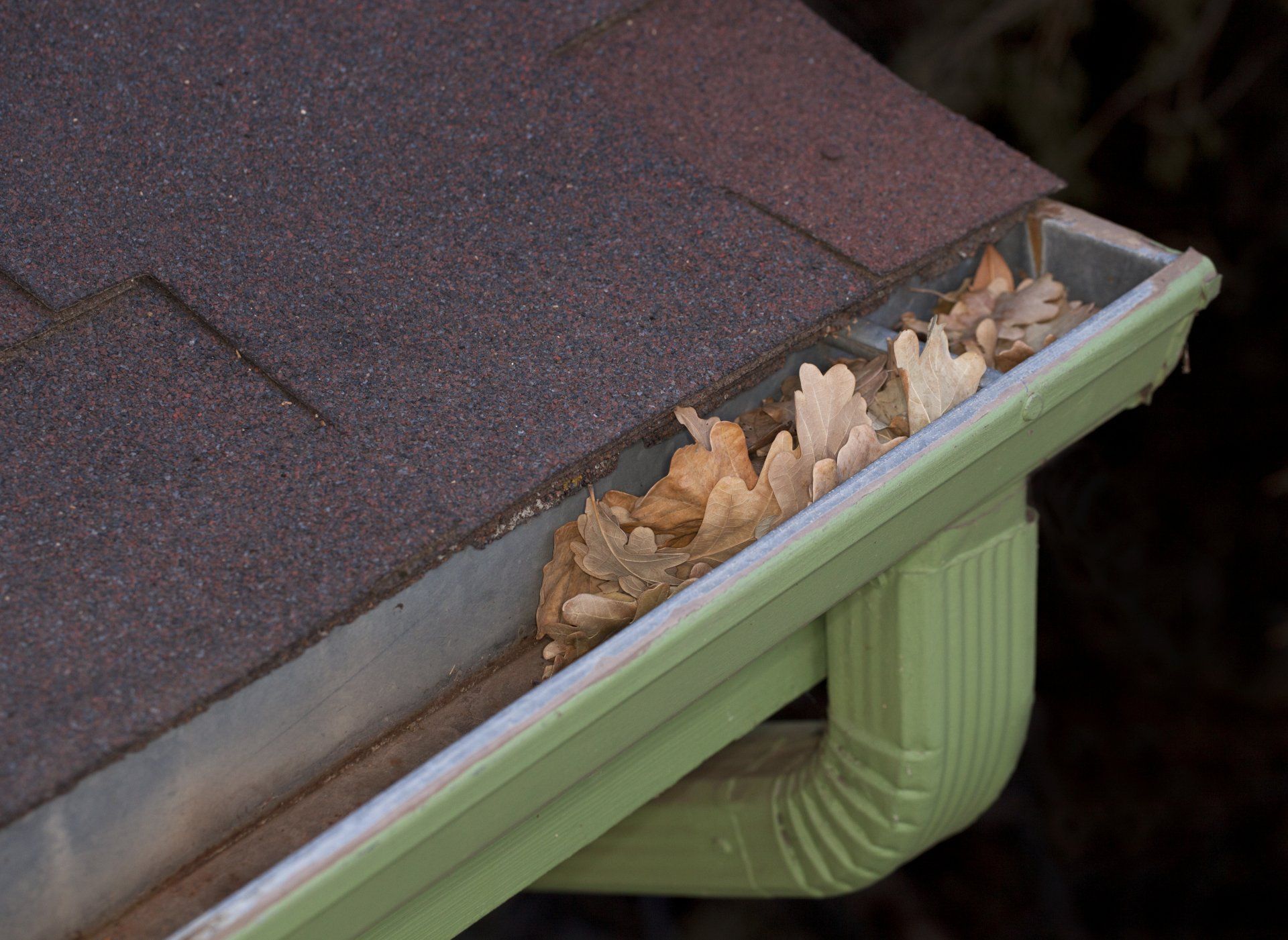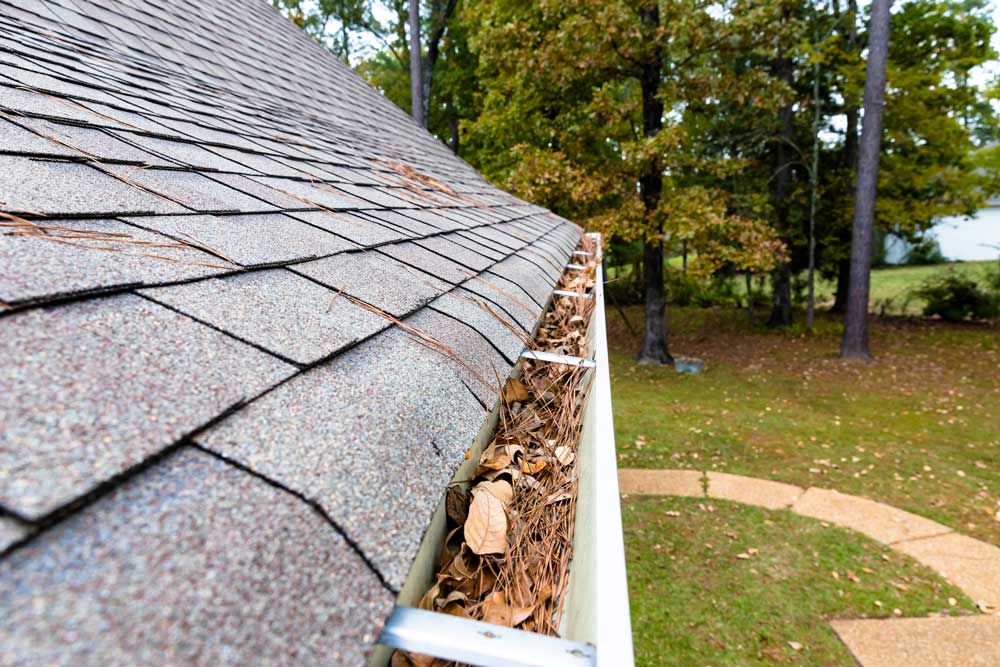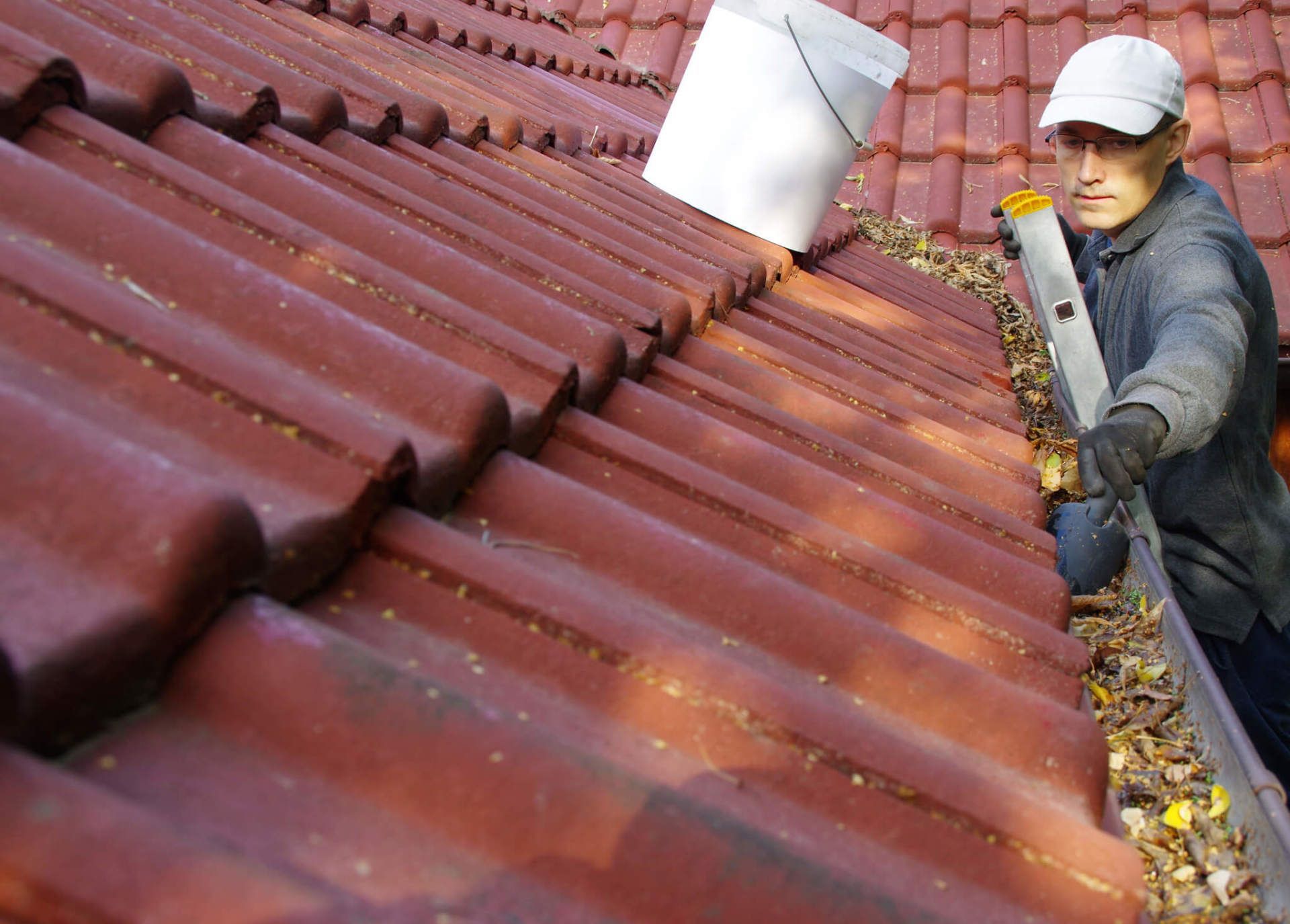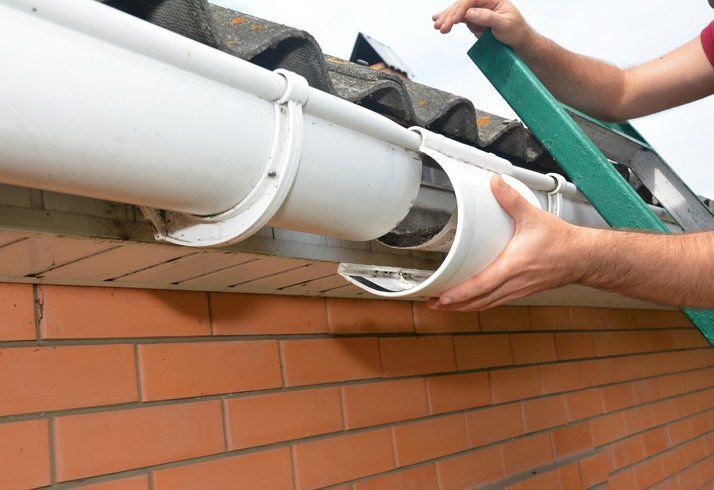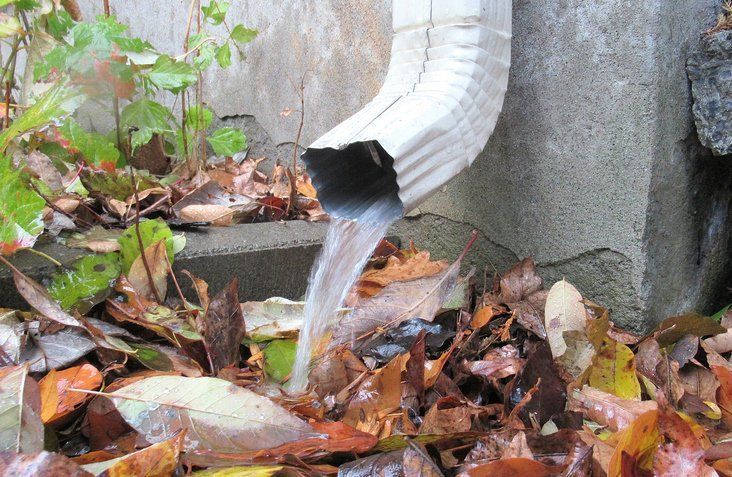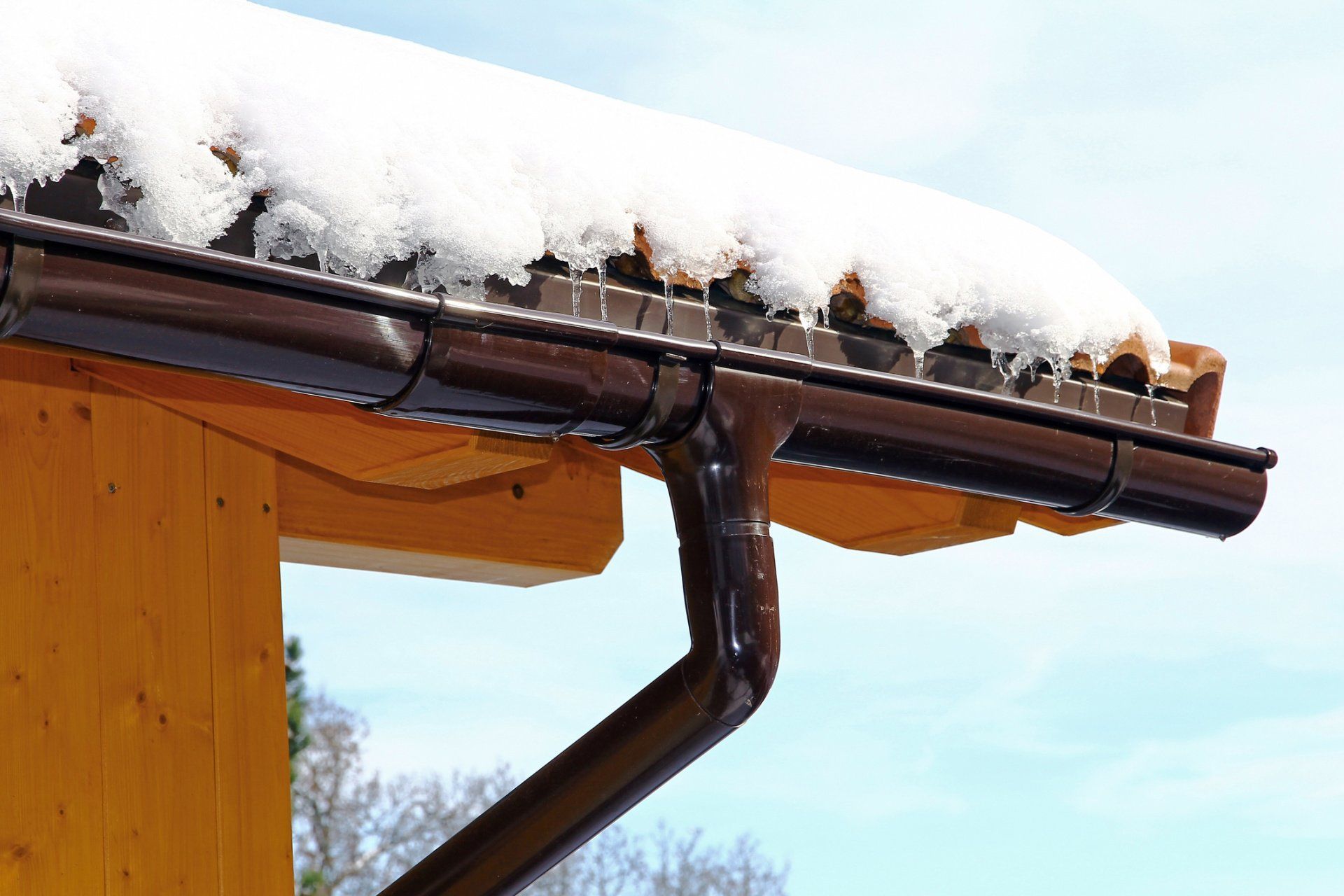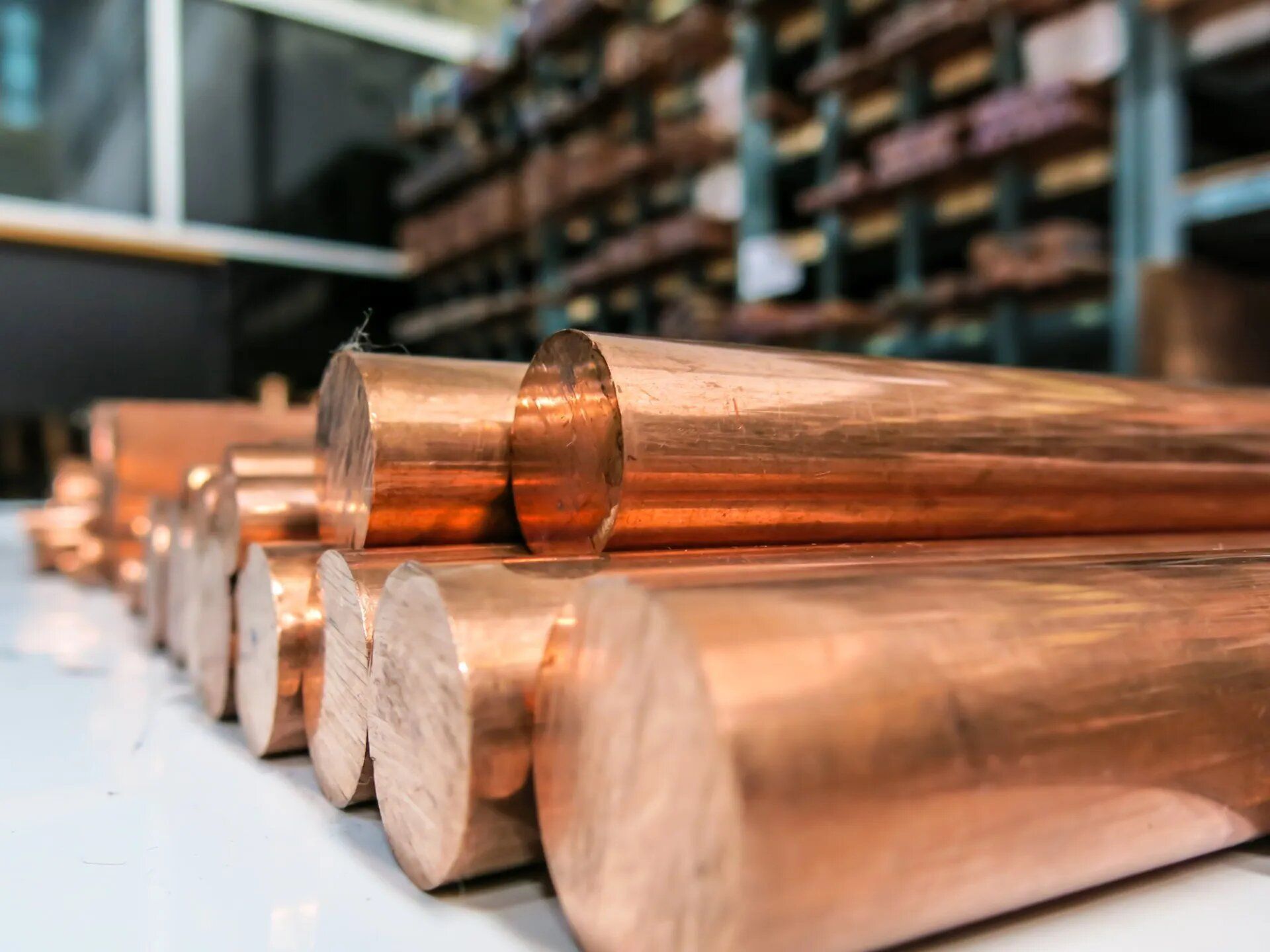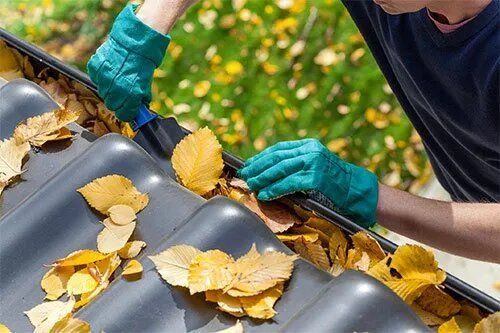Comparing Different Types of Gutter Guards
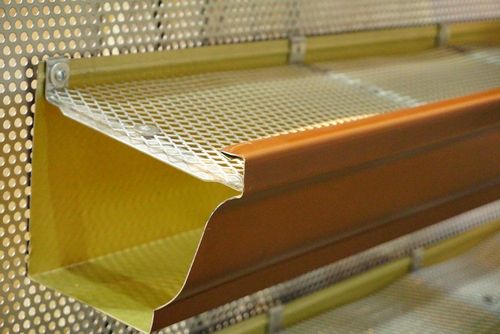
The gutters on your roof are essential for protection against water damage caused by overflowing rainwater. When dirt clogs your gutters, they can't move water away from your home as easily. This results in sagging gutters that tend to pull away from the roof.
Eventually, you may start experiencing mold growth, rot, or structural damage. One of the best defenses against water damage is gutter guards. You can choose between many types of gutter guards; therefore, comparing the most common types will help you determine the most suitable option for your roof.
Here's a breakdown of the main types of gutter guards with their distinct features.
Screen Gutter Guards
These gutter guards are made of plastic or metal, and they're affordable and easy to install. This is the reason screen gutter guards are best suited for do-it-yourself projects. However, they aren't as good as fine-mesh guards for filtering out small debris.
If you opt for screen gutter guards, you may want to go with a plastic version because metal screen guards are susceptible to rust.
After the installation, you'll need to watch out for pine needles as they tend to stick between the holes. You also need to be careful with screen gutter guards because strong winds can blow them out. Therefore, screen gutter guards aren't suited for areas with extreme weather conditions like heavy downpours or boisterous winds.
Micro-Mesh Gutter Guards
Mesh gutter guards are made of metal sheets that have tiny holes. Mesh gutter guards are good at preventing tiny debris and drawing water in. However, large materials will remain on the guards and so you will need to remove this debris regularly.
Roofers prefer mesh guards because they work for many types of roofs and gutters. These guards are also durable. While many gutter guards can deteriorate in a short time, mesh gutter guards are long-lasting.
Additionally, these guards are suited for houses that are near evergreen trees.
Foam Gutter Guards
These guards are made of polyether, and if you opt for foam gutter guards, all you have to do is fill the gutter with a foam product. The product allows water to pass through but prevents leaves and other debris by trapping them on the foam product.
You will need to regularly remove the debris on the foam product. Failing to remove the debris will provide a suitable environment for mold to thrive.
Invest in foam gutter guards if you don't mind cleaning out the trapped debris on the foam. These gutter guards are also suited for do-it-yourself projects.
Reverse-Curve Surface Tension Gutter Guard
Surface tension is a principle that keeps water sticking to a surface until a great force, like gravity, pulls it away. Reverse-curve gutter guards use this concept to direct water into the eavestroughs. These guards cover the top of the eavestrough and curve back to create a horizontal slot that connects to the gutter.
When water flows on the roof, it runs over the top of the gutter guard and into the slot. These guards prevent debris from falling into the gutters. However, these guards are heavy, making it difficult to remove the trapped debris.
You should invest in these guards if you're prepared to undertake the laborious task of cleaning and maintenance. You should also note that these guards don't do well during heavy rainfall.
Investing in gutter guards is one of the best ways to prevent dirt and debris from accumulating in your gutters. Rain-Flow Systems, LLC, has a wide assortment of gutter guards. Call us so we can go through the available gutter guard options and find the one best suited for your home.


